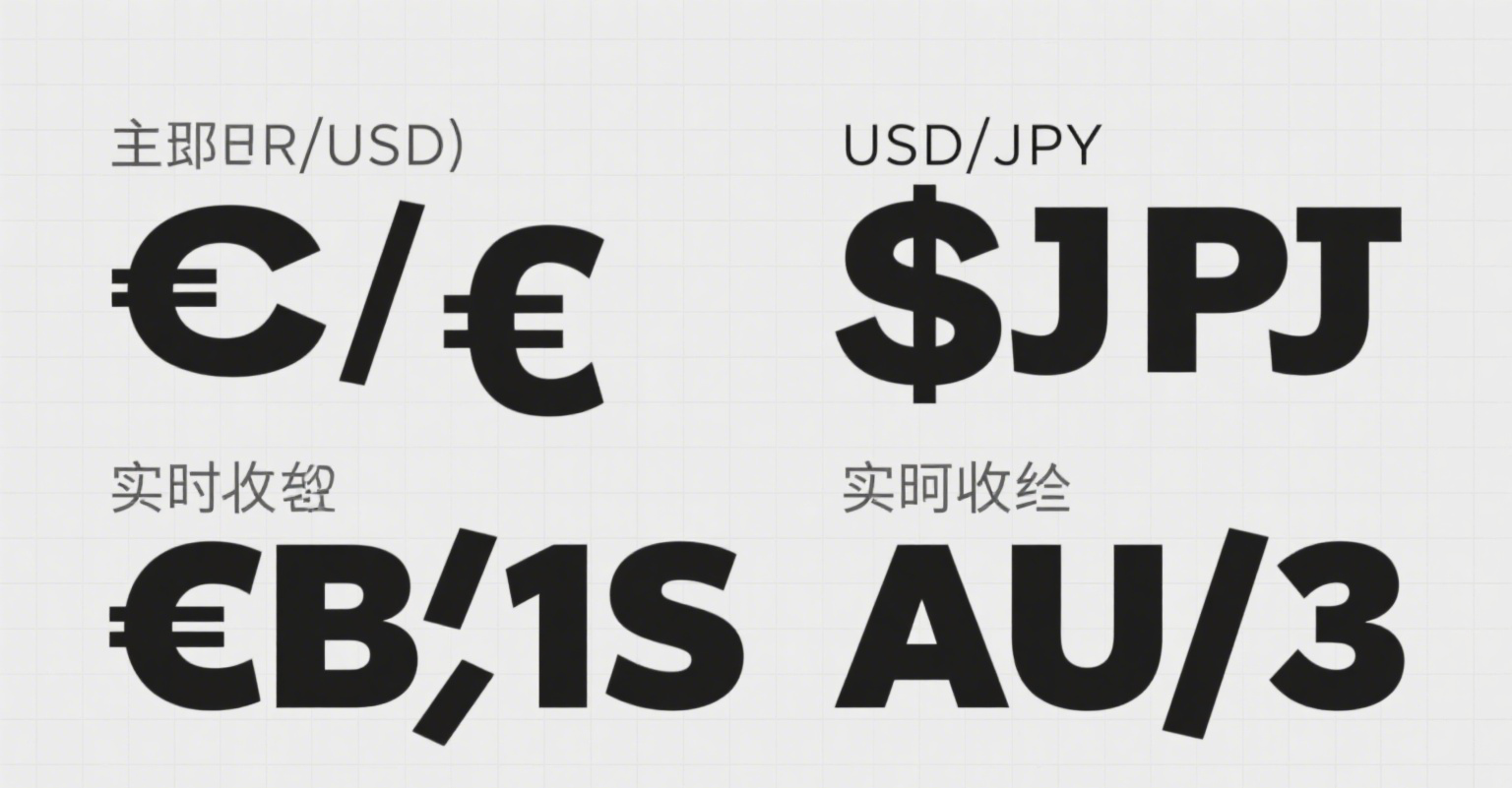
How to Select Stocks That Rally Intraday
Typically, retail investors pick stocks before or after market hours, but intraday is also an excellent time for selection—especially for capturing short-term profits. Below, we explain how to identify stocks poised for intraday rallies.
1. Predict Full-Day Trading Volume
Volume significantly impacts price movements. Increased volume often drives prices higher, especially with sufficient capital inflow. To estimate full-day volume, use this formula:
Current Volume (shares) × (240 minutes ÷ Minutes elapsed since 9:30 AM)
If the predicted volume exceeds the previous day’s, it may signal capital inflow.
Note: Earlier calculations tend to overestimate actual volume. For accuracy, use volume data from 15, 30, and 45 minutes after opening.
2. Relationship Between Stock Price and Index Movements
The trading philosophy "Observe the big picture, act on the small; watch the long term, trade the short" emphasizes aligning stock trades with index trends:
-
If the index is at mid-to-low levels with technical indicators similarly positioned, and the stock price nears support with distant targets, a rally is likely.
-
If the index consolidates independently, buy when the stock shows upward momentum.
-
If the index plunges but the stock holds steady with shrinking volume, expect a rally once the market stabilizes.
3. Look for Consecutive Large Buy Orders Intraday
Frequent large buy orders (with sparse sell orders) executed above the "Best Ask" price suggest an imminent rally. The wider the gap between the execution price and the Ask, the higher the rally probability.
Caution: Rising volume with falling prices may indicate institutional selling, especially if large sell orders appear at highs—such rallies could be traps.
4. Large Sell Orders Being Absorbed
For stocks with daily volume under 1 million shares, 30,000–40,000-share sell orders are normal. But if these are actively absorbed near the trading price, it signals accumulation. Before rallying, institutions prevent low-price筹码 leakage by buying up sell orders.
5. Non-Market Large Orders Appear Intraday
In a 1-million-share daily volume market, repeated 100,000–300,000-share orders priced far from the current level are likely institutional maneuvers. If the institution remains active, the stock will fluctuate (not consolidate). A breakout suggests a rally phase—even if it’s a pump-and-dump, there’s short-term room to profit.
6. Stable Index, Stock Dips Then Rallies
In a steady market, if a stock faces heavy selling pressure but rebounds sharply near the close, it may be institutional suppression:
-
Driving out short-term traders;
-
Large sell orders could be wash trades;
-
Lowering holdings cost before a rally.
This pattern in stable markets often precedes uptrends.
7. Intraday Pulse Rallies
Brief, high-volume spikes followed by retreats (without wash trades) indicate institutional testing:
-
Shaking out weak holders to accumulate cheap筹码;
-
Reflects strong capital and confidence in future upside.
Such stocks often rally later.
















